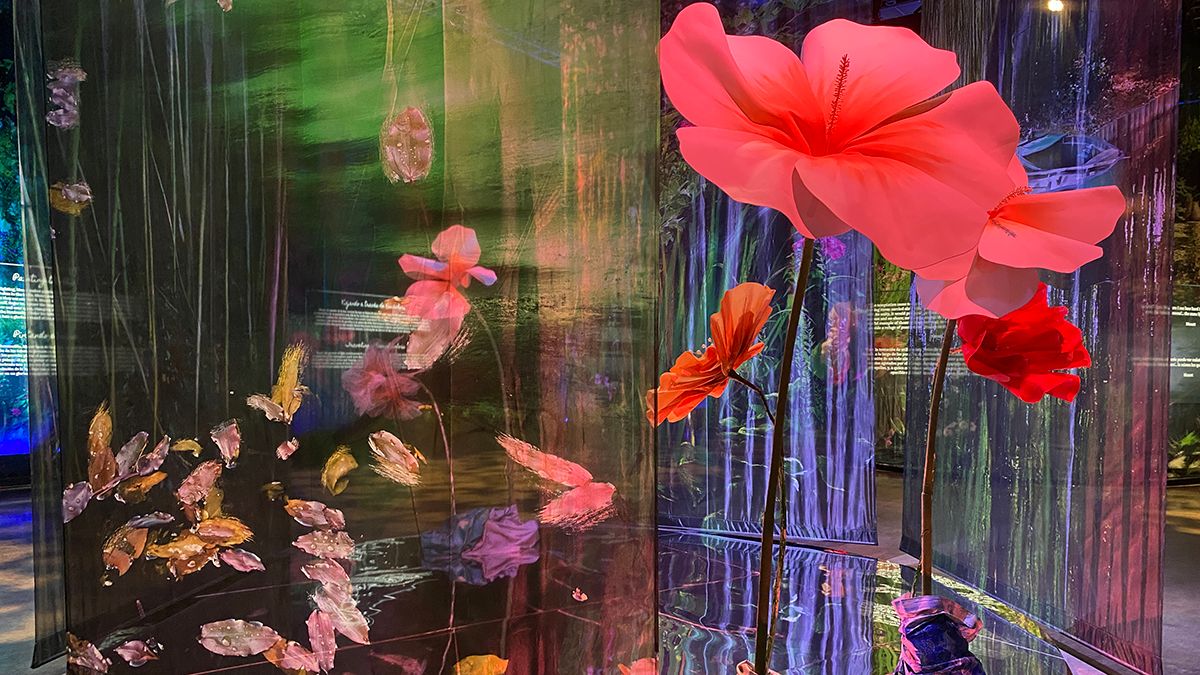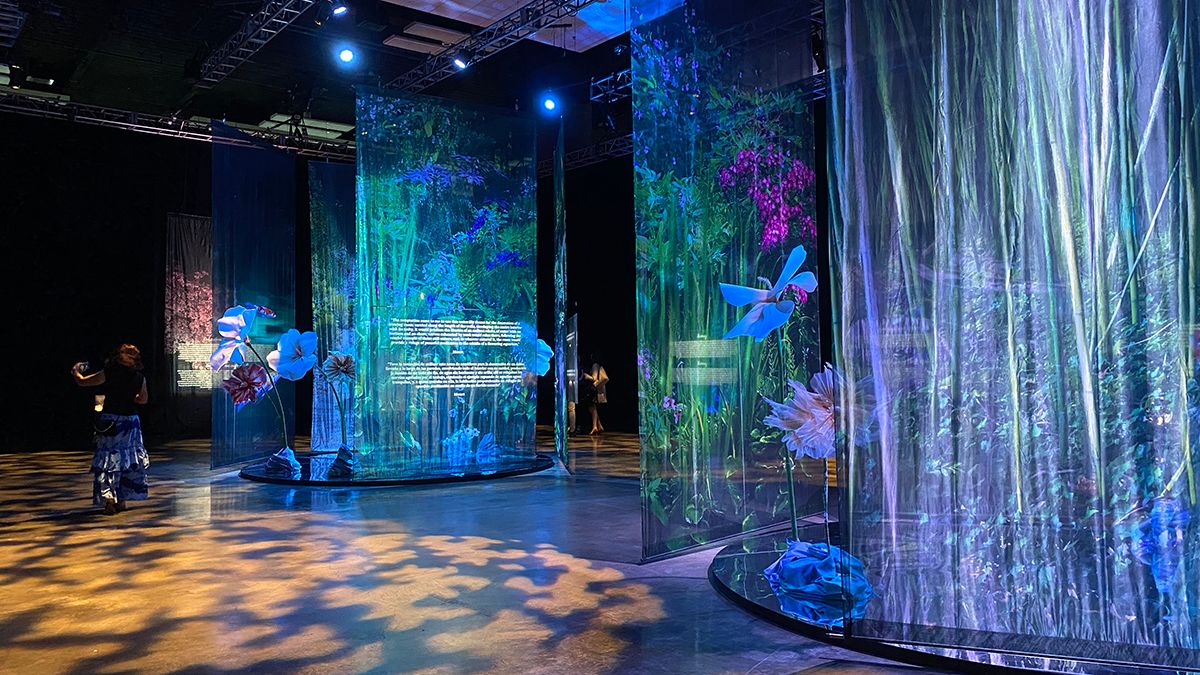HONOLULU — Whether you’re an art aficionado or not, “Beyond Monet: The Immersive Experience” will leave you awestruck. The three-part, multi-sensory art experience is will run June 15 to July 31 at the Hawaii Convention Center.
Just as “Beyond Van Gogh” wowed more than 100,000 guests last year, “Beyond Monet” will do the same through seemingly living, breathing works of art.
More than 400 of Claude Monet’s works are included in the experience.
Fanny Curtat, art historian for the exhibition, says it took more than six months to create everything. Monet destroyed 500 of his paintings but had created close to 3,500 paintings throughout his lifetime. “For us to get to choose the one we wanted, it was really crucial to have enough that would take us on a journey.”
When Curtat put together the show for "Beyond Van Gogh," it was about having more of a chronological approach because of the artist’s shorter career, 10 years, “very darker tones, and then this beautiful work that we know at the end.”
She said, “With Monet, you don’t have that, but you do have a lot of series. The fact that he painted many things over and over, this fascination, not necessarily for a precise subject, but everything that surrounds it, the magic of light, the beauty of simple things. That’s really where we went through.”
Curtat also said that the work of Impressionists is very accessible, undisputedly beautiful, “we forget everything that went into it; how radical it was at the beginning, how much of a struggle (it was) that they fought for something that seems so obvious and natural to us.”
She also says the act of painting wasn’t easy as well. “Monet was painting in front of the motif. He was speaking 'en plein air.' He was fighting the elements. It was about bringing all these elements back into impressionism … it was really this complex thing.”
The challenging part of selecting the paintings was going through Monet’s series, which are very similar. “You have 25 haystacks, 23 poplar trees. Going through the process of finding quality images of that specific poplar tree. It was really about being accurate, all about colors. You want to make sure you’re staying true to the original painting.”
She shares that the fun part was bringing in the drama that people don’t associate with impressionism. At the start of the experience is the Garden Gallery, a Giverny-inspired space with panels of biographical information and explanations of major elements of Monet’s work. One of the panels describes the “appalled” reaction by journalist Louis Leroy, who attended an exhibition in 1874, Monet’s first. Leroy describes a painting by the artist as “impressionism.” Little did he know he had just coined one of the most famous movements in art history.
Curtat said it’s hard for us to imagine how harsh critics were at the time, when their words were critical to an artist’s success. But even with that sarcasm and dismissal, Monet and other impressionists knew they were on to something, and Monet stuck with it. That, she said, was really inspiring.
One of the most vital elements of the Monet experience, as with Van Gogh, is the music.
“Music plays such an important part in these projects,” said Curtat. “It really is something that helps connect a 21st century audience to a 19th century artist, early 20th century artist. It builds up and connects and really plays a big part in something that we call ‘immersive.’ Music really is the immersive key secret of this recipe.”

After the Garden Gallery is the Infinity Room, where guests will experience Monet’s bright and colorful paintings as they glide over the room’s surfaces and across four walls, transporting guests inside the paintings themselves. There are also structures that Monet fans will recall from one of the artist’s series of paintings. (Hint: Monet started the series in 1899 in an unusual vertical format).
This immersive experience envelops the senses to carry guests into a world of color, texture and the ever-changing nuances of light as it touches the natural world; the pursuit of which drove the 19th-century impressionist Claude Monet to capture in all his works.
“This experience is perfect for people who are not either interested in art or don’t really see how it can be relevant in their lives. It’s totally understandable,” said Curtat. “It’s not obvious from the get-go, what these artists can bring to our day-to-day life; they lived almost 100 years ago. An experience like this helps develop this connection with Monet.
“You have information, you also have ambiance, this entertaining device that allows you to really breathe with the work and to be in it. It’s coming towards you and helping you in developing this connection with it.”
From playful and dreamlike, to dynamic, to quiet and contemplative, “Beyond Monet” has moments for everyone to appreciate.
Sarah Yamanaka covers events, tourism and community news for Spectrum News Hawaii.



